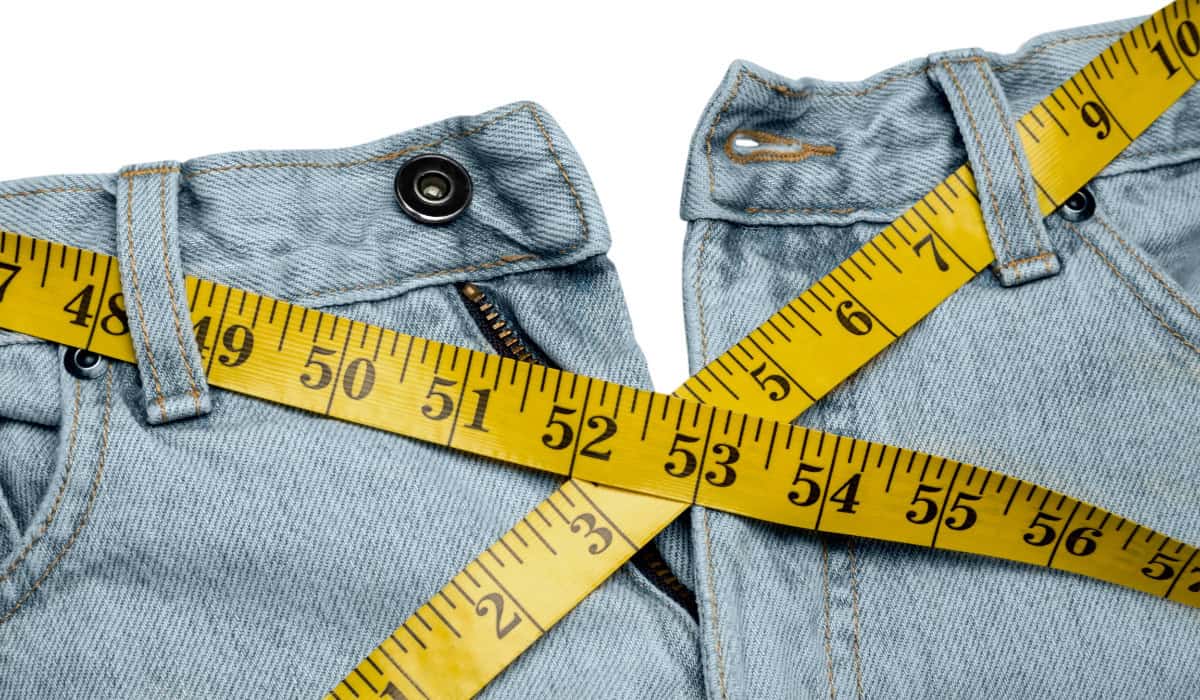Fashion
How Disruptive Will Weight-Loss Drugs Be for Fashion? – RetailWire

While retail has often been criticized for not offering enough variety for plus-sized women, the arrival of weight-loss drugs like Ozempic, Mounjaro, and Wegovy promises to drive up complaints around smaller sizes.
A Wall Street Journal article from mid-June found weight-loss drugs driving a “hunt for smaller clothes.”
Rent the Runway CEO Jennifer Hyman told the WSJ that she has seen customers switch sizes at the highest rate in 15 years. She added that the switchers are also experimenting more with styles they might have avoided when they were heavier, including tighter and body-hugging fits and risqué looks. She said, “When you are more comfortable in your skin, you are more willing to try edgier looks.”
The drugs have been shown to help patients lose as much as 20% of their weight.
According to research from Impact Analytics, size small has become the most popular size for women on Manhattan’s Upper East Side, an area the planning and merchandising software provider described as “the epicenter of non-diabetic use of GLP-1 drugs.”
In the neighborhood, compared to 2022, sales of women’s button-down shirts in small sizes (XXS, XS, and S) have increased in 2024 by 12%, while sales of large sizes (XXL, XL, and L) have decreased by nearly 11%, according to an analysis of sales at flagship stores of fashion apparel retailers in the area. Sales of women’s button-down shirts in size small have increased from 25% of sales in 2022 to 31% so far this year.
The sizing shifts come as analysis by Trilliant Health, a healthcare analytics firm, found that nearly 44% of the city’s GLP-1 prescriptions go to New Yorkers who do not have a Type 2 diabetes diagnosis. The demographic for these drugs skews younger, and nearly 75% are female. Impact Analytics observed that the GLP-1 drug prescriptions in New York City coalesce in the affluent neighborhood of Manhattan’s Upper East Side.
Impact Analytics also noted that the findings have implications for higher-end apparel retailers that primarily serve women over the age of 30 in urban areas. On the positive side, stores may benefit from “revenge shopping,” as people who lose significant weight often need a whole new wardrobe. It also poses a threat if a hike in inaccurate sizing causes lost sales due to stockouts and excess inventories that require markdowns.
“The slimming down of America will have an enormous impact on retailers and could cost them approximately $20 million each year due to incorrect size curves,” said Prashant Agrawal, Impact Analytics’ founder and CEO. “These losses will only accelerate as more people take GLP-1 drugs for weight loss.”
A survey of about 1,000 U.S. adults last winter from the investment firm Stifel Financial found 15% of respondents already using a GLP-1 drug, with an additional 21% interested if the drugs became FDA-approved for weight loss. Citing Lululemon; Kontoor Brands, parent of Wrangler and Lee; and Dick’s Sporting Goods as potential beneficiaries, Stifel analyst Jim Duffy said in an interview with Yahoo Finance that individuals who stick with a weight-loss drug and lose considerable weight would need new clothes and “spend double the amount of apparel on an annual basis.”
According to a Gallup survey taken in March, about 15.5 million Americans, or 6% of U.S. adults, have tried injectable weight-loss drugs to reduce weight. The high cost of the drugs is cited as a barrier to greater use, but legislators are pushing to lower prices or expand insurance coverage to reduce health problems associated with obesity.










